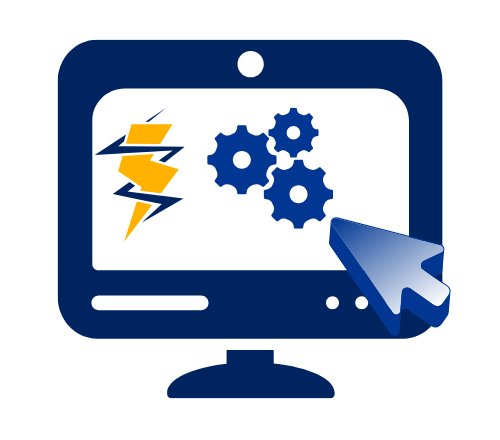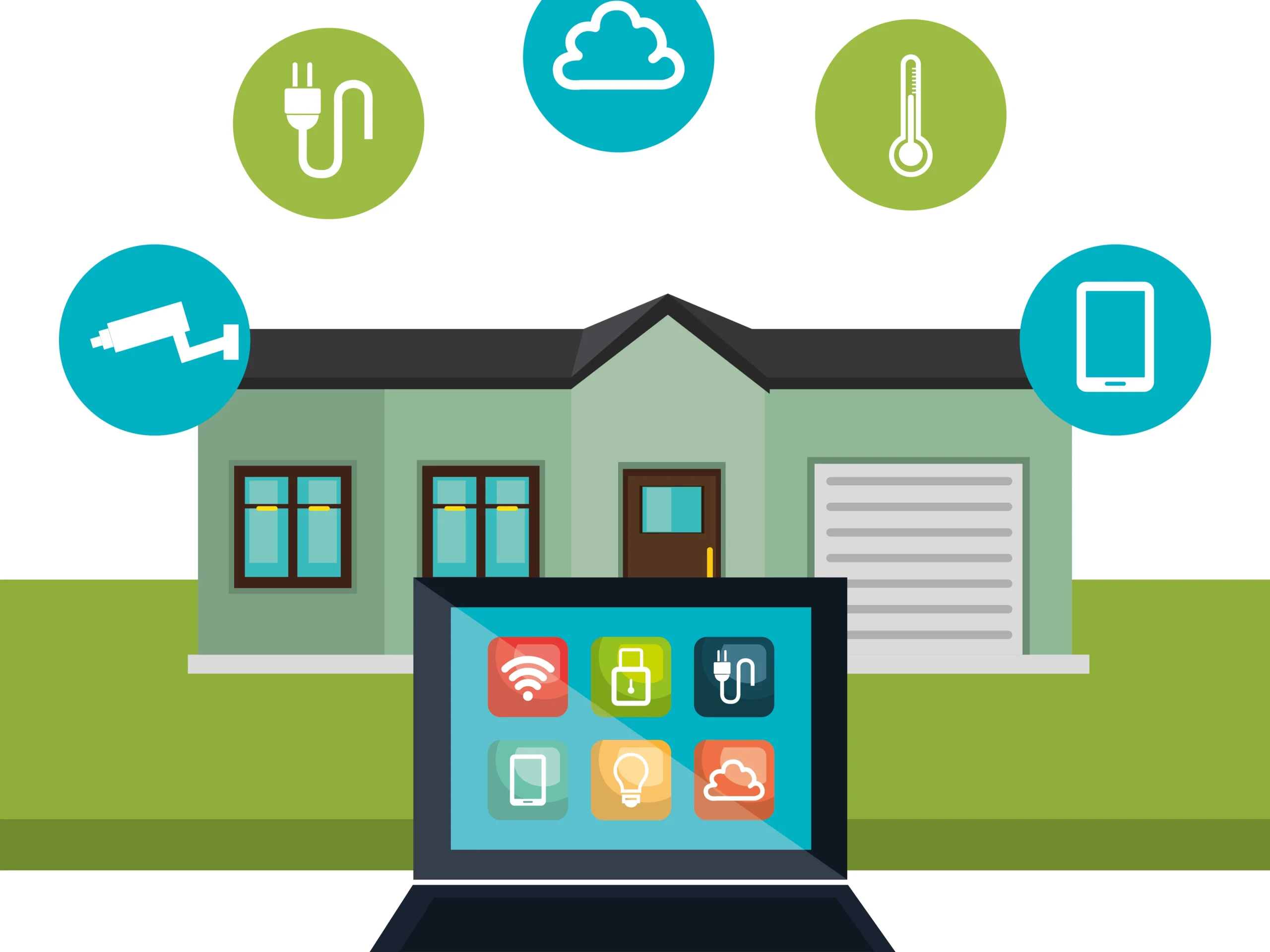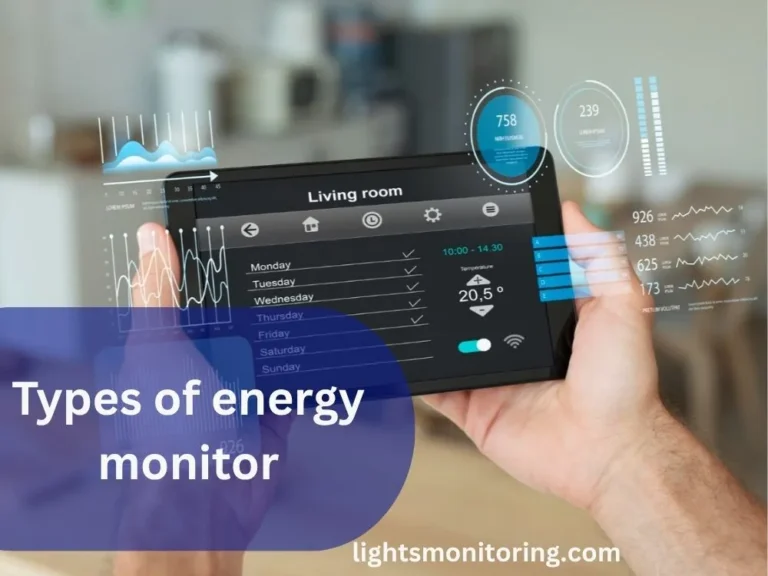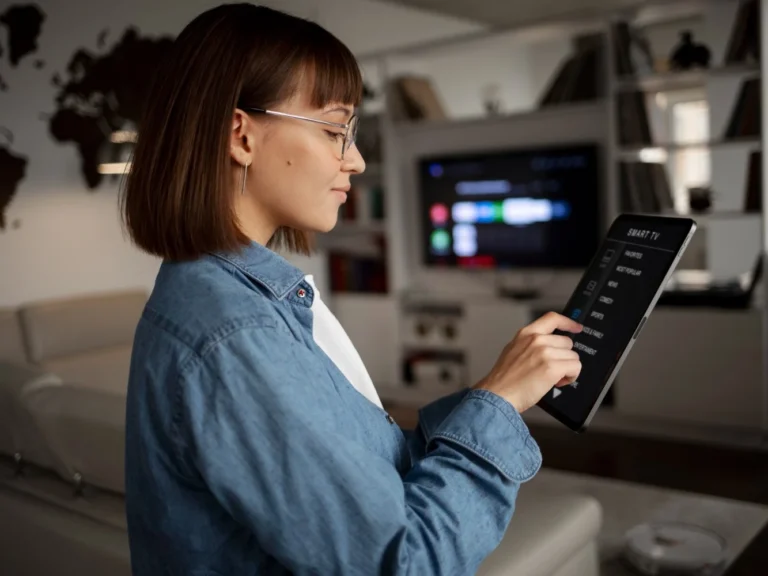How to Choose the Right Energy Monitor for Your Home
Why Choosing the Right Energy Monitor Matters
High electricity bills and hidden energy waste are common problems for homeowners and businesses alike. According to the U.S. Energy Information Administration and the U.S. Department of Energy, rising energy costs and inefficiencies are driving the need for smarter energy management solutions.
Many people buy energy monitors without knowing what to look for, leading to wasted money and missed savings opportunities. If you’re not familiar with how these devices work, it might help to first understand the basics of energy monitoring and how it leads to immediate cost savings.
- Tracks Real-Time Energy Use: Get up-to-the-minute data to monitor consumption live—think of it like a connect smartphone solar monitor for your home or business. This feature is critical, especially when you’re trying to reduce your electricity bills through real-time monitoring.
- Identifies Waste and Inefficient Appliances: Pinpoint where energy is being drained, much like using a real-time solar data app for remote energy tracking.
- Helps Lower Electricity Costs: Choosing the right system can significantly reduce your bills, as supported by data from ENERGY STAR.
Quick Stat: Homes and businesses using energy monitors cut energy costs by up to 20% (U.S. Department of Energy).
Difficulties Faced When Choosing the Wrong Energy Monitor
Choosing the wrong energy monitor can lead to frustration and wasted resources. Here are the most common issues:
- Inaccurate Energy Tracking
- Some monitors provide unreliable or delayed data.
- This can lead to misleading insights and missed opportunities to save energy.
- Lack of Real-Time Monitoring
- Without instant tracking, it’s hard to identify energy spikes.
- Delayed reports make it difficult to adjust usage immediately.
- Compatibility Issues with Electrical Systems
- Some monitors may not work with older or complex electrical setups.
- Requires extra adapters or professional installation, increasing costs.
- Complicated Setup & Difficult Installation
- Some energy monitors need expert installation.
- Complicated apps or dashboards make tracking energy usage confusing.
- No Smart Home or IoT Integration
- Some monitors don’t connect with smart devices like thermostats or smart plugs.
- Missed opportunity for automation and efficient energy use.
- Hidden Costs & Subscription Fees
- Some energy monitors require a monthly subscription for full features.
- Extra fees for cloud storage, advanced analytics, or multiple users.
- Poor Mobile App Experience
- Some apps have outdated interfaces or limited data insights.
- Hard to navigate, making it difficult to monitor and control usage effectively.
- Limited Data Storage & Reports
- Some systems delete past data after a short period.
- Makes it hard to track long-term energy trends and savings.
- Low Customer Support & No Software Updates
- Cheap or unknown brands may have poor customer service.
- No software updates mean security risks and outdated features.
- Overpaying for Unnecessary Features
- Some energy monitors come with advanced features you may never use.
- Leads to spending more money without getting real value.
How to Avoid These Issues
Here’s how to ensure you pick the right energy monitor for your needs:
- Research Thoroughly Before Buying: Use reputable sources like Consumer Reports for honest reviews.
- Choose a Reliable Brand: Trust brands frequently recommended by industry experts.
- Ensure Compatibility: Verify with manufacturer guidelines and consult resources like ENERGY STAR.
- Opt for Real-Time Tracking & User-Friendly Apps:Look for systems that integrate features like a real-time solar data app or remote energy tracking. If you’re planning to install the system yourself, you might find this DIY installation guide helpful.
- Consider Long-Term Value: Evaluate features against potential savings over time.
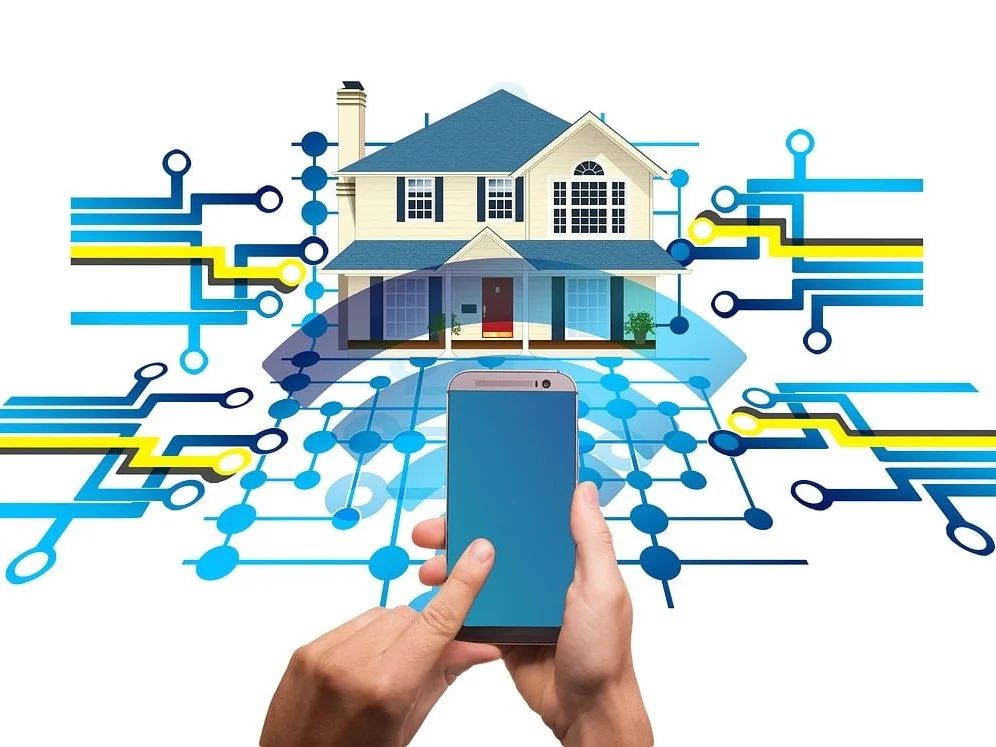
Key Factors to Consider When Choosing an Energy Monitoring System
- Type of Energy Monitoring
- Whole-Home/Business Monitors: Tracks total electricity usage. If you’re focusing on complete coverage, check out the best whole-house energy monitoring options.
- Appliance-Level Monitors: Focuses on specific devices.
- Smart Plug Monitors: Ideal for small-scale tracking.
- Real-Time vs. Periodic Data Tracking
- Decide which one fits your needs best.
- Ease of Use & Mobile App Integration
- Check data anytime, anywhere—features like connect smartphone solar monitor and smartphone solar pairing add value.
- Compatibility with Your Electrical System
- Ensure proper installation and integration.
- Cloud Storage & Reporting Features
- Keep track of historical usage trends.
- Budget & Cost-Effectiveness
- Balance features with affordability.
- Smart Home & IoT Integration
- Look for systems that connect with smart thermostats, lights, and plugs.
Step-by-Step Guide to Choosing the Best Energy Monitor
- Identify Your Energy Goals: Decide if you’re focused on cutting costs, tracking specific appliances, or enhancing sustainability.
- Analyze Your Energy Usage Needs: Consider whether you need a system for home, business, or industrial use. If you’re a business owner, it’s worth reviewing how energy monitoring benefits businesses and improves long-term ROI.
- Compare Features & Compatibility: Look for real-time tracking, AI insights, and automation capabilities.
- Read Reviews & Check Reliability: Consult reputable sources like Consumer Reports for feedback on different models.
- Consider Installation & Setup: Determine if you prefer a DIY setup or professional installation.
- Set a Budget & Choose Wisely: Balance price, features, and long-term savings.
Best Energy Monitoring Systems for Different Needs
- For homeowners: Look for easy-to-use, app-friendly energy monitors.
- For Small Businesses: cost-effective systems with detailed analytics.
- For Large Enterprises: Consider advanced AI-powered monitoring solutions.
- For Smart Homes: Select systems that integrate with Alexa, Google Home, or Apple HomeKit.
Common Mistakes to Avoid When Buying an Energy Monitor
- Choosing a system without real-time tracking.
- Ignoring compatibility with your electrical panel.
- Overpaying for features you don’t need.
- Not considering customer support and software updates.
Avoid these mistakes and choose the right monitor today!
Conclusion: Take Control of Your Energy Usage Today
Choosing the right energy monitoring system is essential for lowering high electricity bills and uncovering hidden energy waste.
Final Tips:
- Look for real-time tracking, ease of use, and long-term savings.
- Research thoroughly and choose a system that fits your specific needs.
If you’re still unsure, review this step-by-step overview of how energy monitoring works to gain more clarity.
FAQs
Focus on systems that offer real-time tracking, reliable mobile app integration, and compatibility with your electrical setup.
Some models may include additional fees, so be sure to read the fine print and check reviews on platforms like Consumer Reports.
Yes, many modern systems offer smart home or IoT integration, enhancing features like remote energy tracking.
Research and choose reputable brands backed by industry research from sources like the U.S. Department of Energy.
